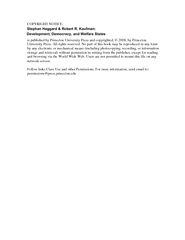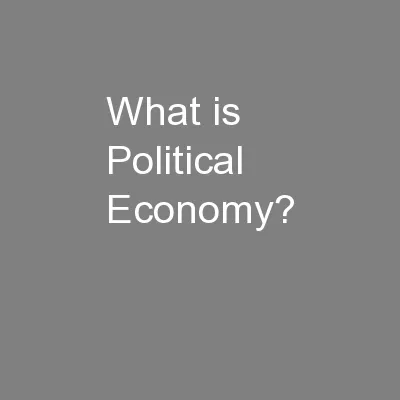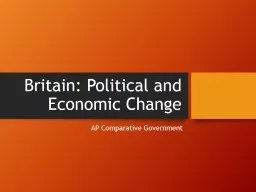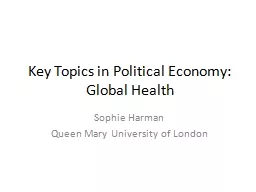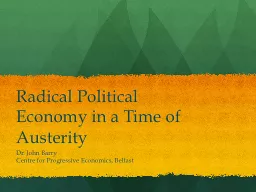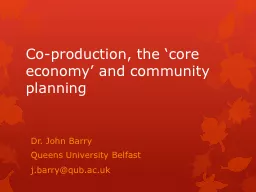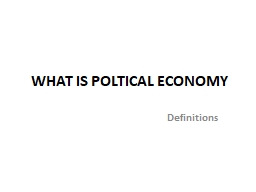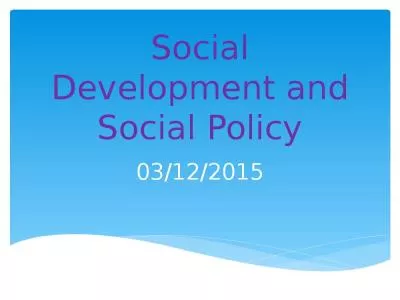PDF-Toward a Political Economy of Social Policy
Author : conchita-marotz | Published Date : 2015-08-03
INT RODU CTION The comparative study of social policy in developing countries is of recent vintage 1 Yet the middleincome countries of Latin America East Asia and
Presentation Embed Code
Download Presentation
Download Presentation The PPT/PDF document "Toward a Political Economy of Social Pol..." is the property of its rightful owner. Permission is granted to download and print the materials on this website for personal, non-commercial use only, and to display it on your personal computer provided you do not modify the materials and that you retain all copyright notices contained in the materials. By downloading content from our website, you accept the terms of this agreement.
Toward a Political Economy of Social Policy: Transcript
Download Rules Of Document
"Toward a Political Economy of Social Policy"The content belongs to its owner. You may download and print it for personal use, without modification, and keep all copyright notices. By downloading, you agree to these terms.
Related Documents

